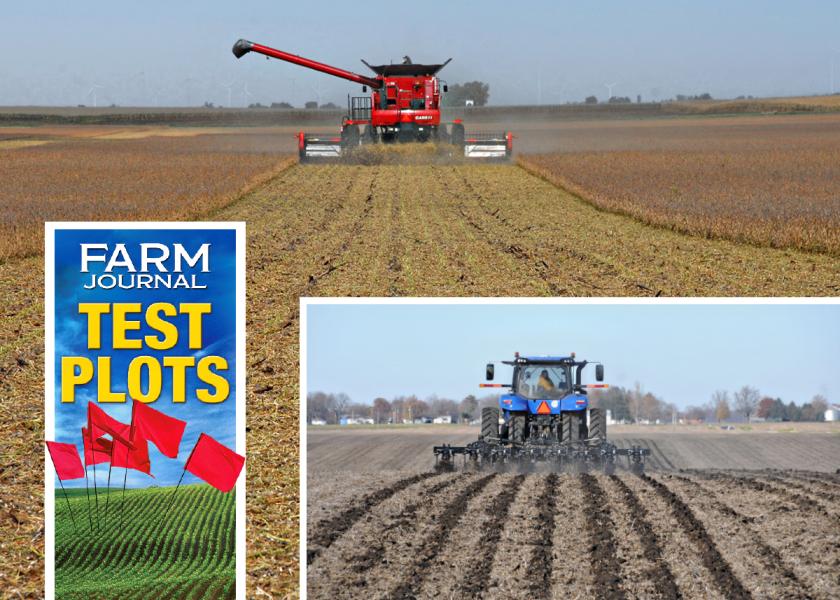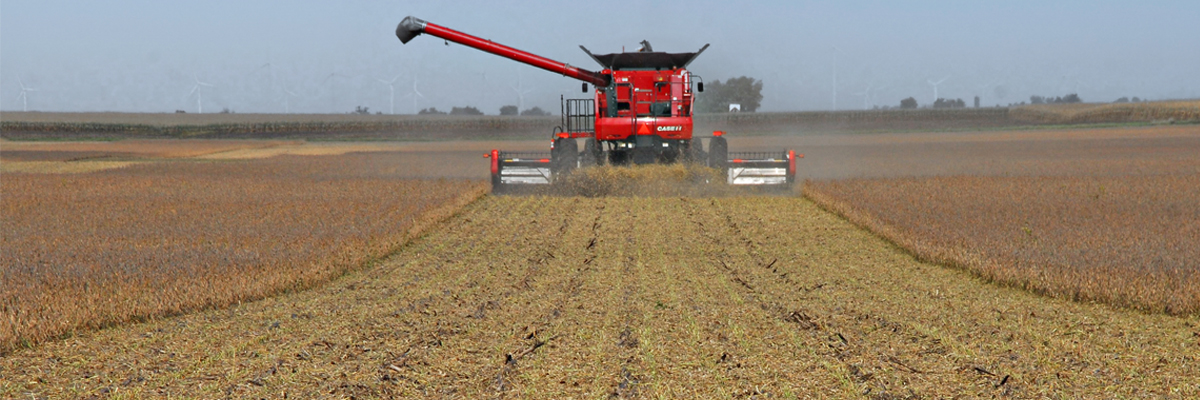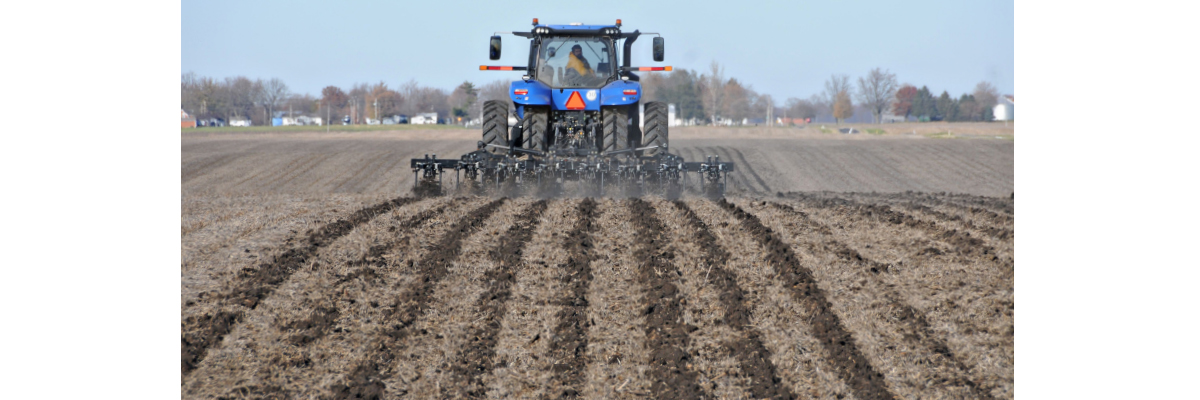Complete These 8 Steps To Transition to Vertical Farming

You’re almost ready. You’ve removed dense and compacted soil layers, balanced fertility and pH through the profile and set up your soil for vertical farming. That’s how you’ll need to farm to reap the full benefits of climate-inspired incentives emphasizing reduced tillage, cover crops and residue cover.
Here are a few final boxes to check as you prepare to transition from horizontal farming to vertical.
1. Spread residue evenly.
Spread residue uniformly across the width of your combine, especially when harvesting soybeans, advises Farm Journal field agronomist Ken Ferrie. “Horizontal tillage distributes this residue and prevents problems,” he explains. “But if you no-till into uneven strips of surface residue, it will cause streaks of slow-growing corn.”

2. Write a plan for each field or farm.
List the practices you will use and the goals you want to achieve. Share your plan with employees, custom applicators and others involved with your operation. “Good communication eliminates a lot of issues,” Ferrie says.
3. Choose your system(s).
“Many vertical farming systems can be adapted to any operation,” Ferrie says. “Implementing one system over every acre keeps things simple, streamlines your equipment inventory and also makes things easier for your employees. But you might want to implement individual approaches for various farms or fields because of drainage, slope, erosion control, disease issues, soil health and other considerations.”
4. Get farm managers and landowners on board.
“Your choice of a vertical system might rest on the landowner’s or farm manager’s desires,” Ferrie says. “Some might not want no-till or strip-till, while others insist on them. If you no-till, make sure the owners realize they’ll have to be patient, willing to wait until planting conditions are right, even if neighbors who disk or field cultivate are already planting. If a landowner is worried about planting delays, consider running a vertical harrow to warm and dry a few fields and give you a place to start.”
5. Gear up your planter and its operators.
Equip the planter for no-till and the highest-residue conditions it will encounter. “A planter set up to handle no-till and high residue can be used in all systems,” Ferrie says. “But a planter equipped for conventional tillage won’t perform well with no-till or high volumes of residue.” Make sure your operators know how to run the equipment and understand what you want to achieve.

Equip your planter for the highest-residue conditions you could encounter. Make sure operators understand the equipment and the goals you want to achieve.
6. Re-invent your weed control program.
“One of the biggest benefits of horizontal tillage is weed control,” Ferrie says. “When you stop using a field cultivator or high-speed disk, you’ll have to control weeds using only herbicides. If your vertical harrow is taking out weeds, you’re not running it right — you’re doing horizontal tillage. Set properly, a vertical harrow’s only jobs are to size residue and level peaks and valleys. Discuss weed management with your suppliers and with neighbors who already are using vertical systems, and plan the program you’ll use.”
7. Be careful of wheel tracks in strip-till and no-till.
“Deep tracks or ruts from sprayers, sidedress applicators, combines, grain carts, fertilizer trucks and manure applicators will cause planting and uniform-growth problems in the following year’s crop,” Ferrie warns. “The longer you go without tillage, the firmer your soil will become; but monitor tracks closely during the first few seasons.”
8. Easy does it.
“Any time you make a major system shift, the learning curve will be steep,” Ferrie says. “Disasters can happen. I recommend starting small and learning on a couple fields. But start now so you’ll have your vertical system in place when incentives come along in the future.”
How to Taper Off Horizontal Tillage
“If you’re used to making multiple tillage passes — one in the fall and one or two in the spring — it might be best to continue that pattern for awhile as you transition to reduced tillage and vertical farming,” says Ken Ferrie, Farm Journal field agronomist. “In that situation, continue with fall tillage, using a ripper or hybrid chisel, which may require more horsepower than your horizontal program.” (Hybrid chisels, Ferrie’s term, feature clearance for tillage and residue flow, adjustable depth and gang angle for the front cutters, and multiple options and depth control for the leveling section.)
“Make sure your tillage tool shatters the soil all the way across the implement,” he says. “You want no more than 3" peaks and valleys after overwintering. In the spring, level the surface for planting with a vertical harrow.”
As you start to get comfortable with your vertical system, experiment with more reduced tillage, strip-till and no-till.

Have a Backup Plan
As with anything else, vertical farming systems need a backup plan. For example:
- If a poorly drained field can’t be planted in time with no-till (in the opinion of either you or the landowner), consider strip-till — but be aware strip-tilling requires equipment and time in the fall, and it must be completed in a timely fashion.
- Strip-till needs a backup plan, too, in case weather prevents you from getting it done in the fall. “Spring strip fresheners are an option,” says Farm Journal field agronomist Ken Ferrie. “Or you can no-till the field for one year.”
- Weather might force you to leave ruts during harvest or herbicide application. “Plan how you’re going to remove those ruts while preserving your vertical format,” Ferrie says. “For example, till with a hybrid chisel and level with a vertical harrow before going back to no-till.”







